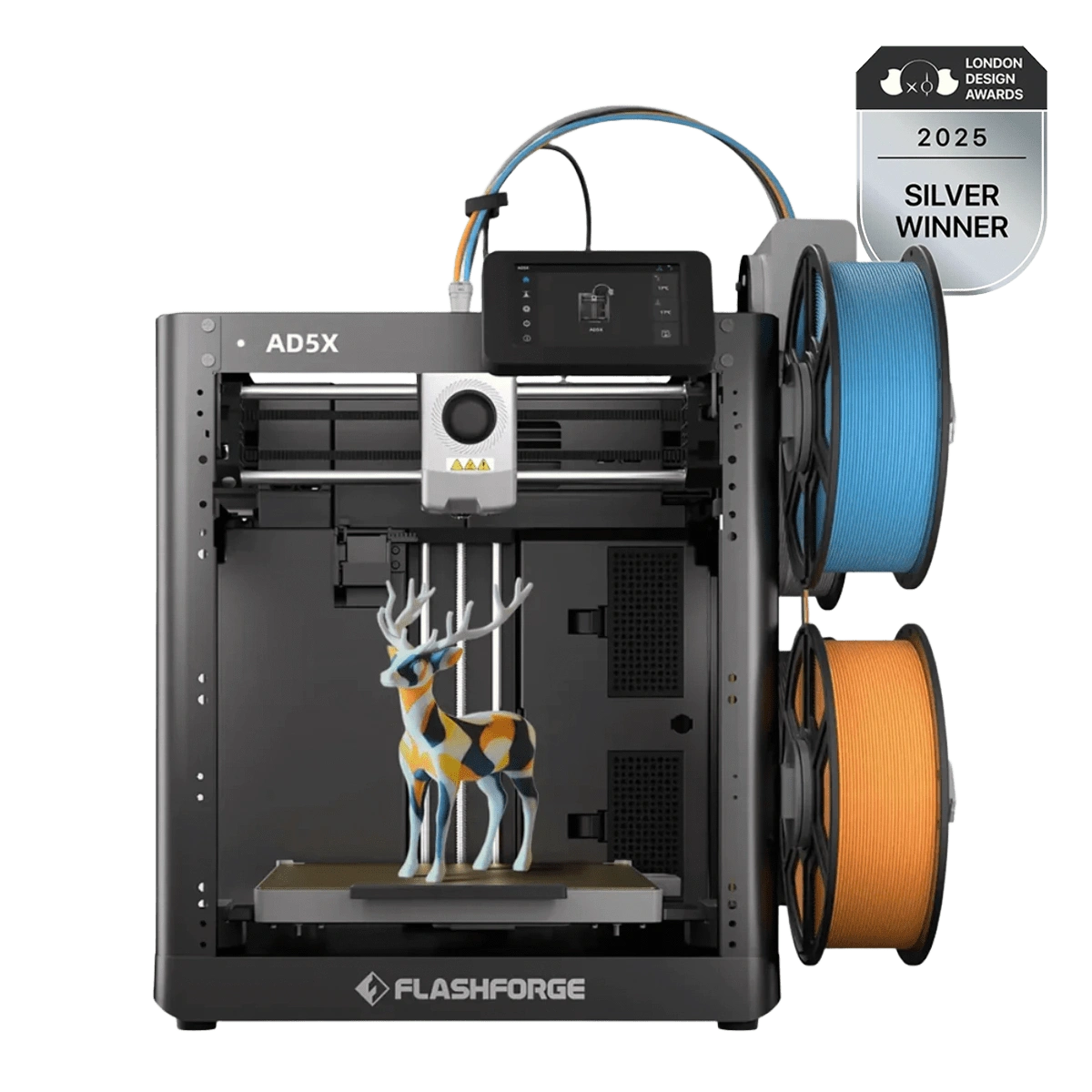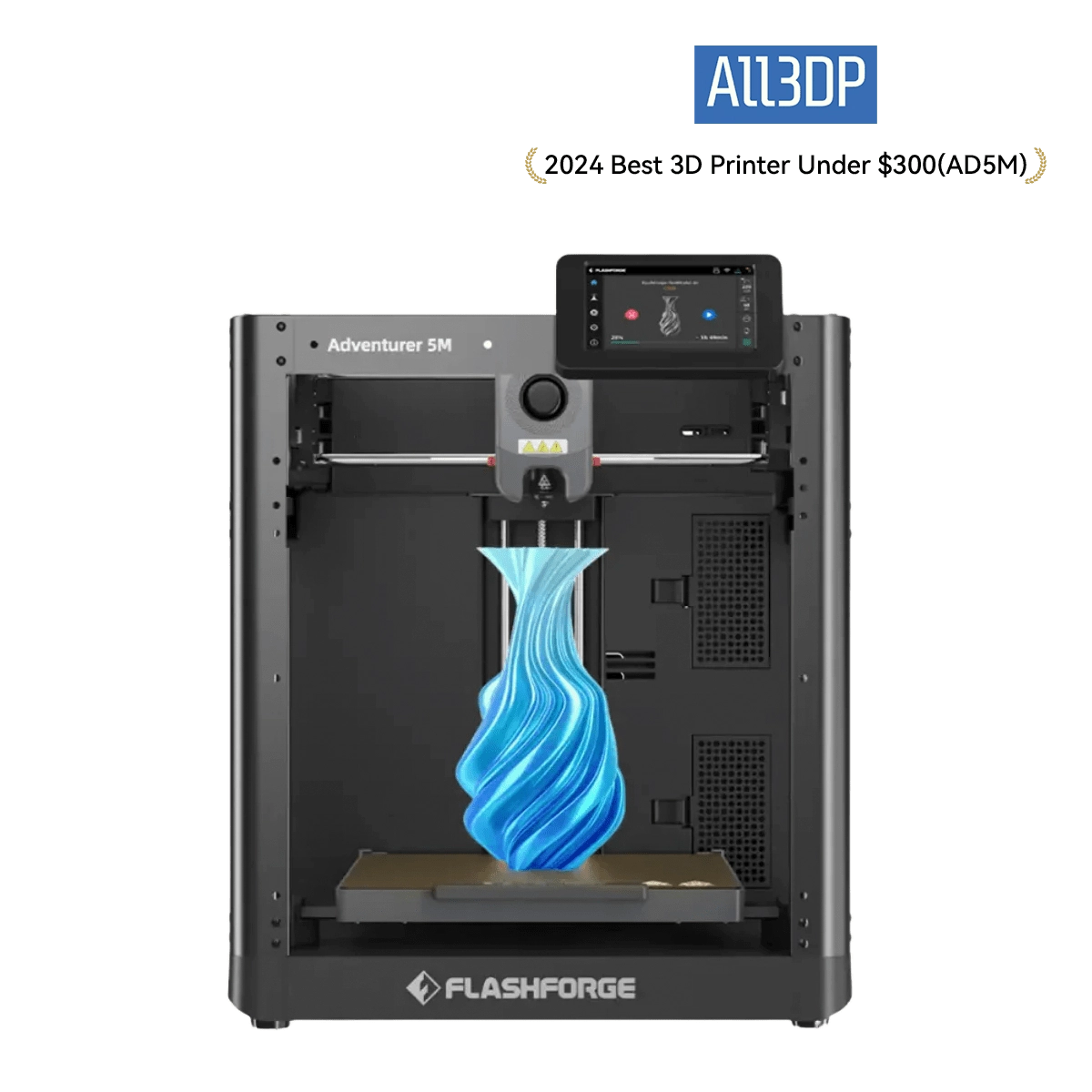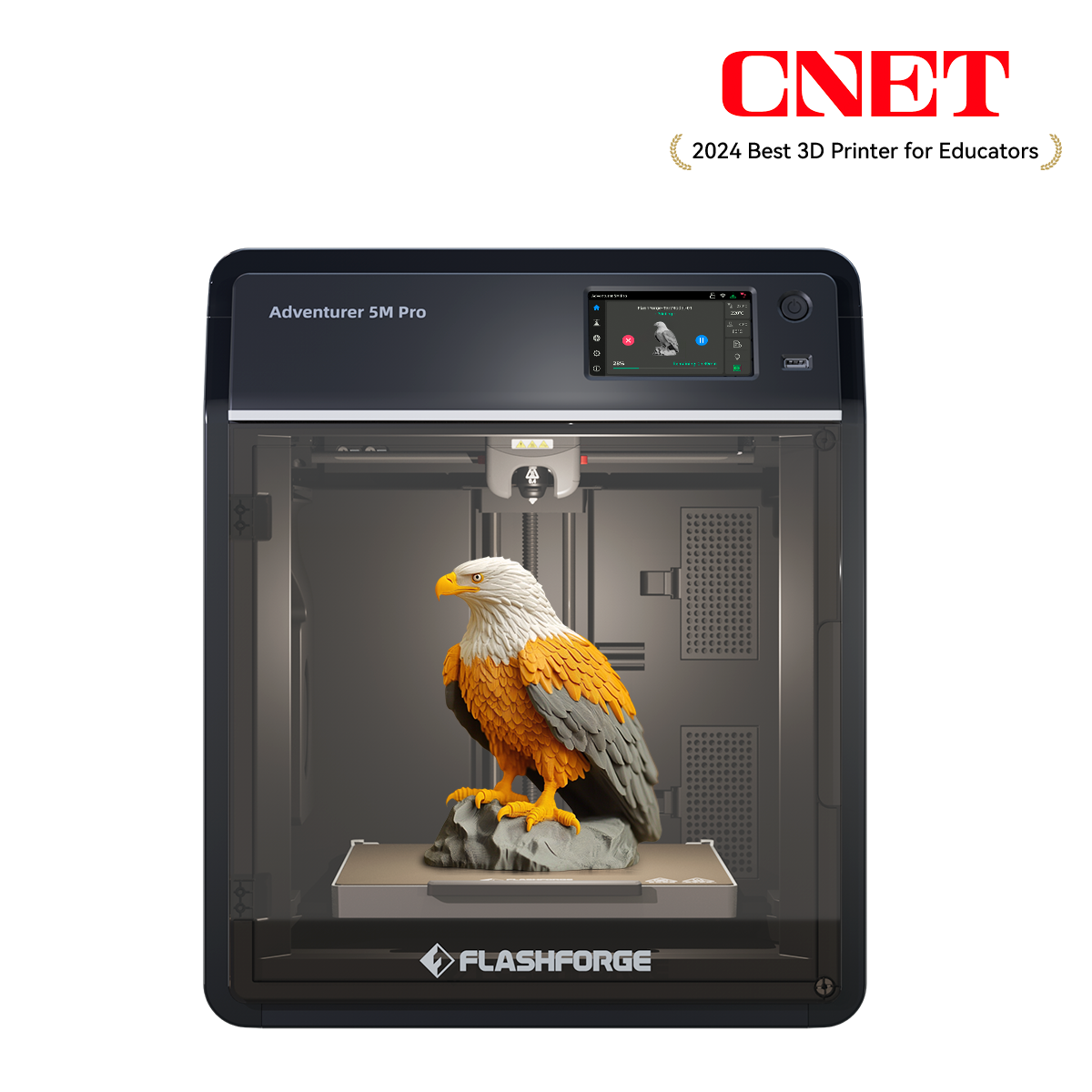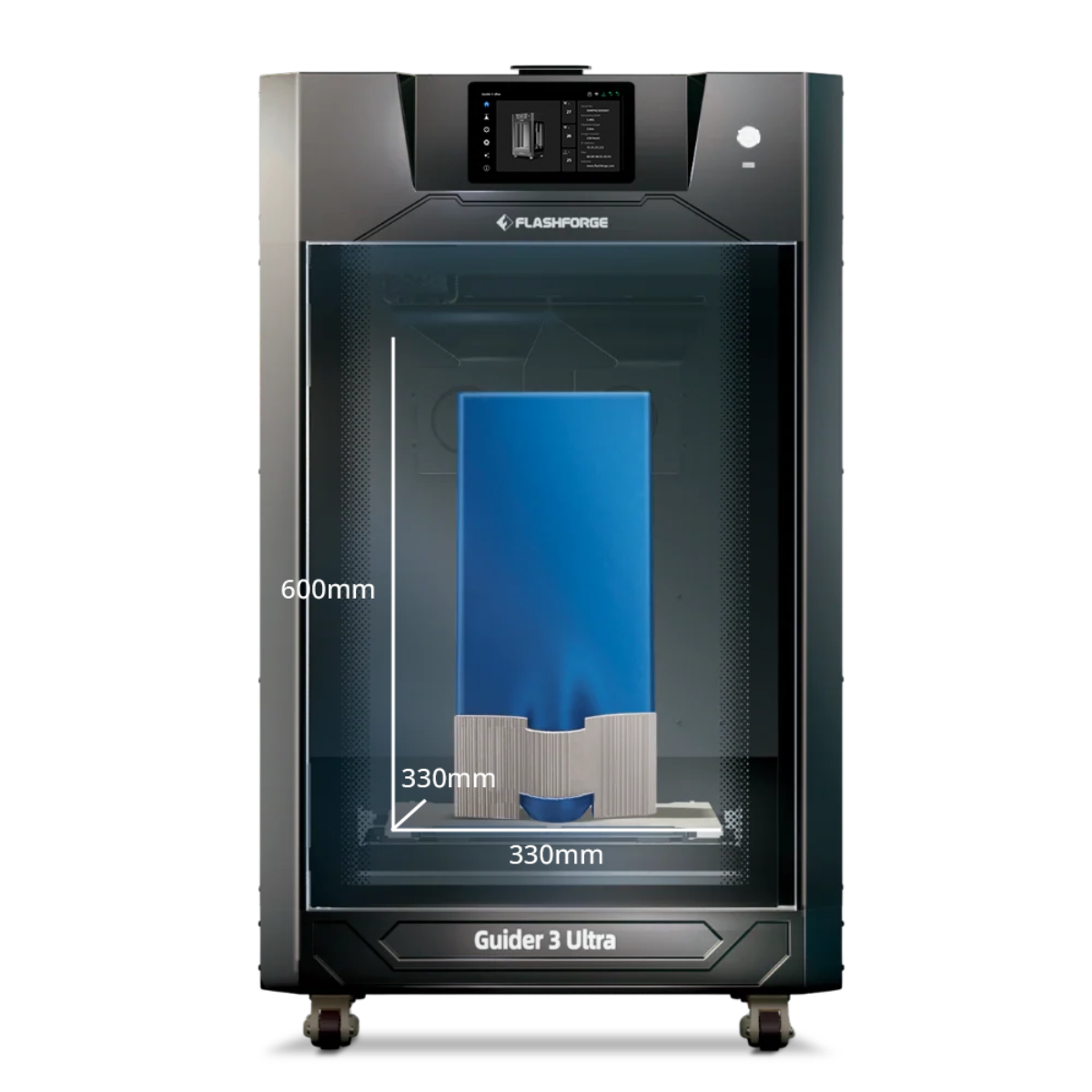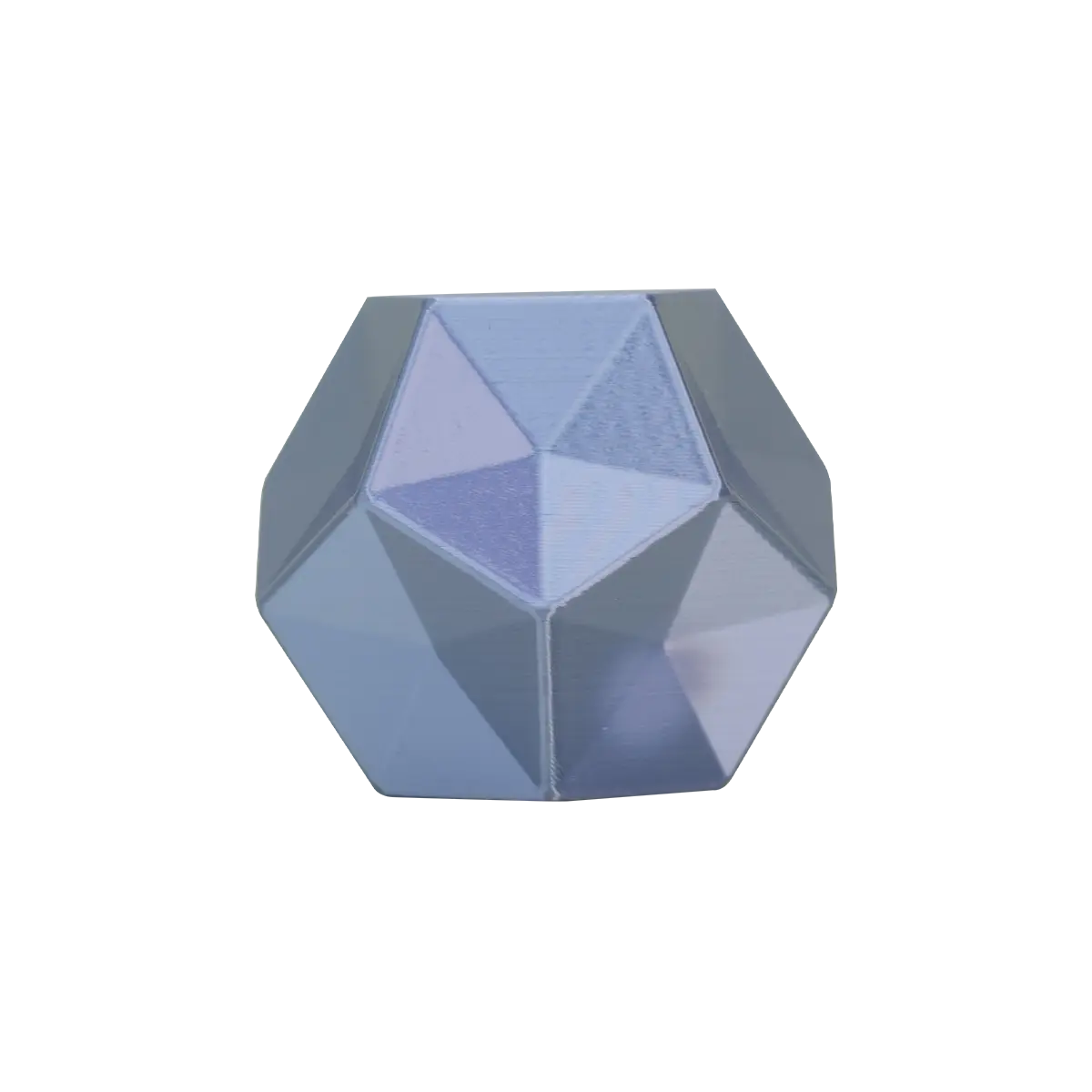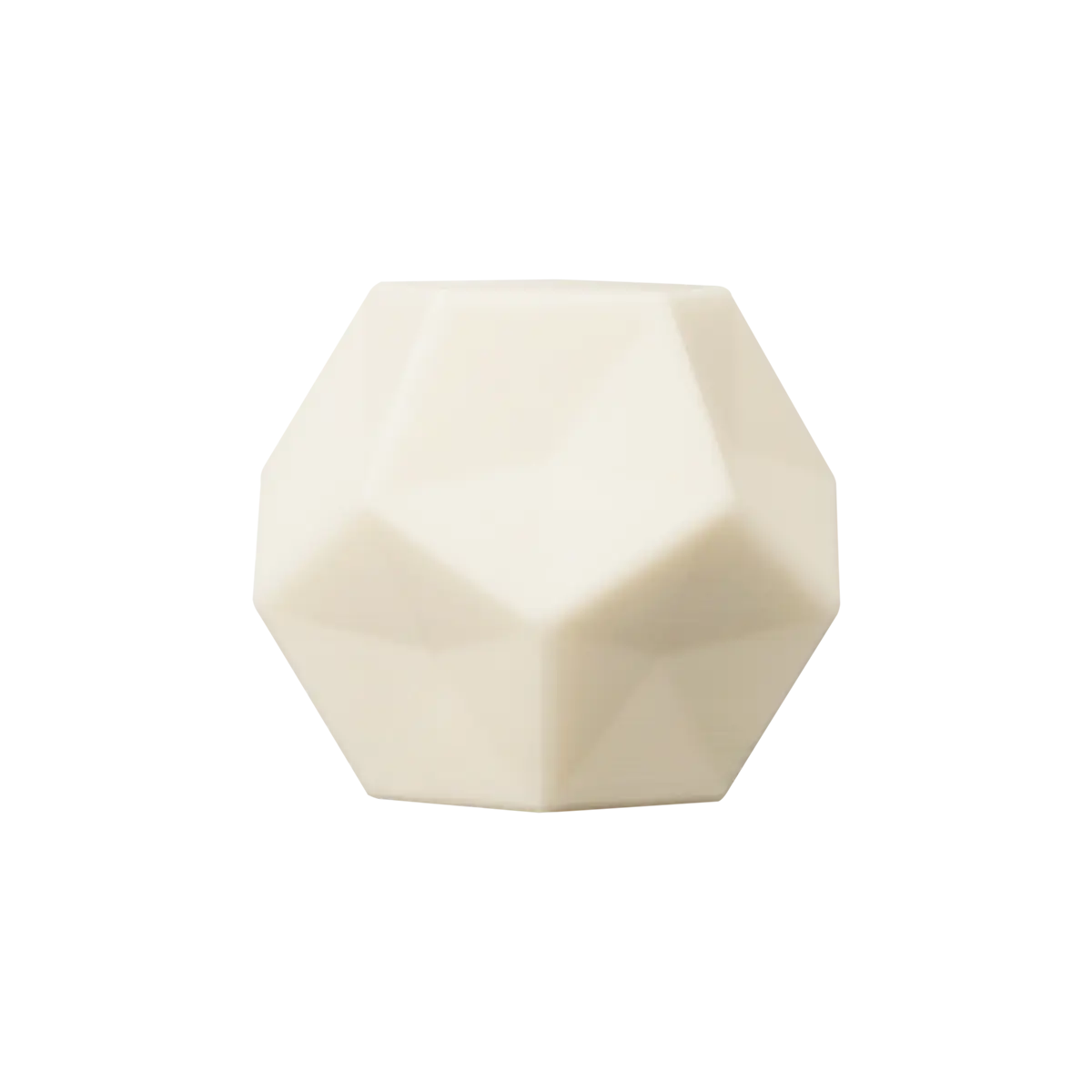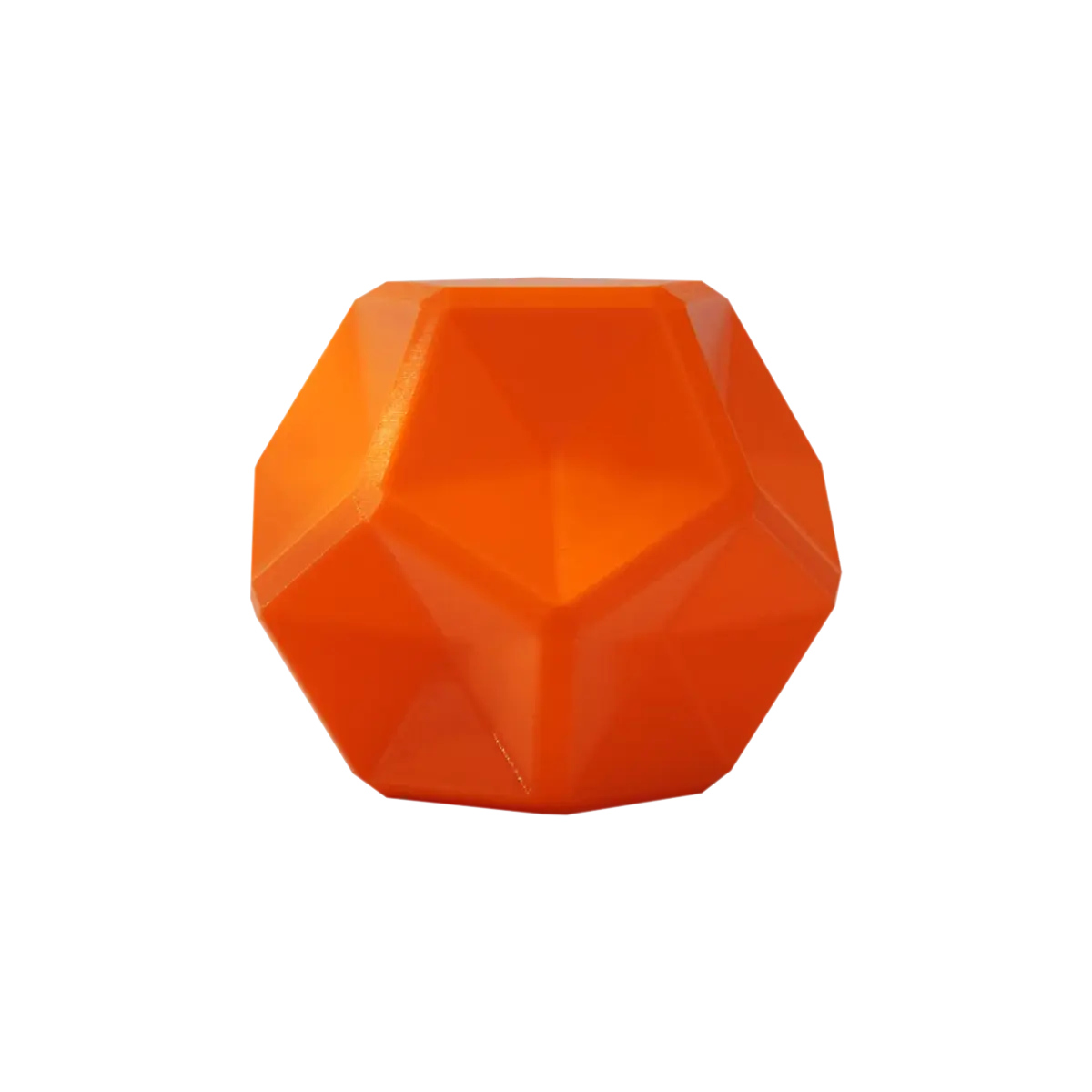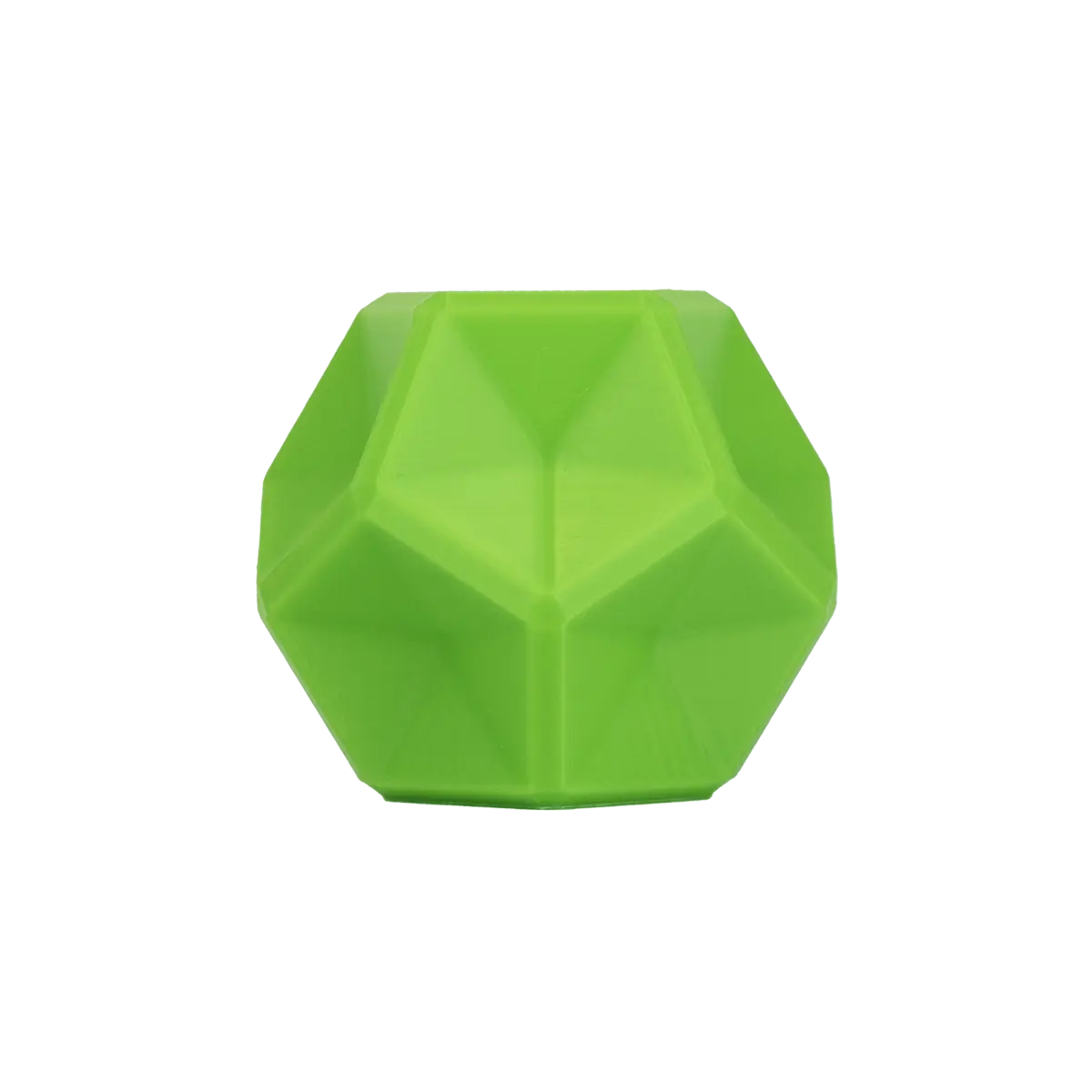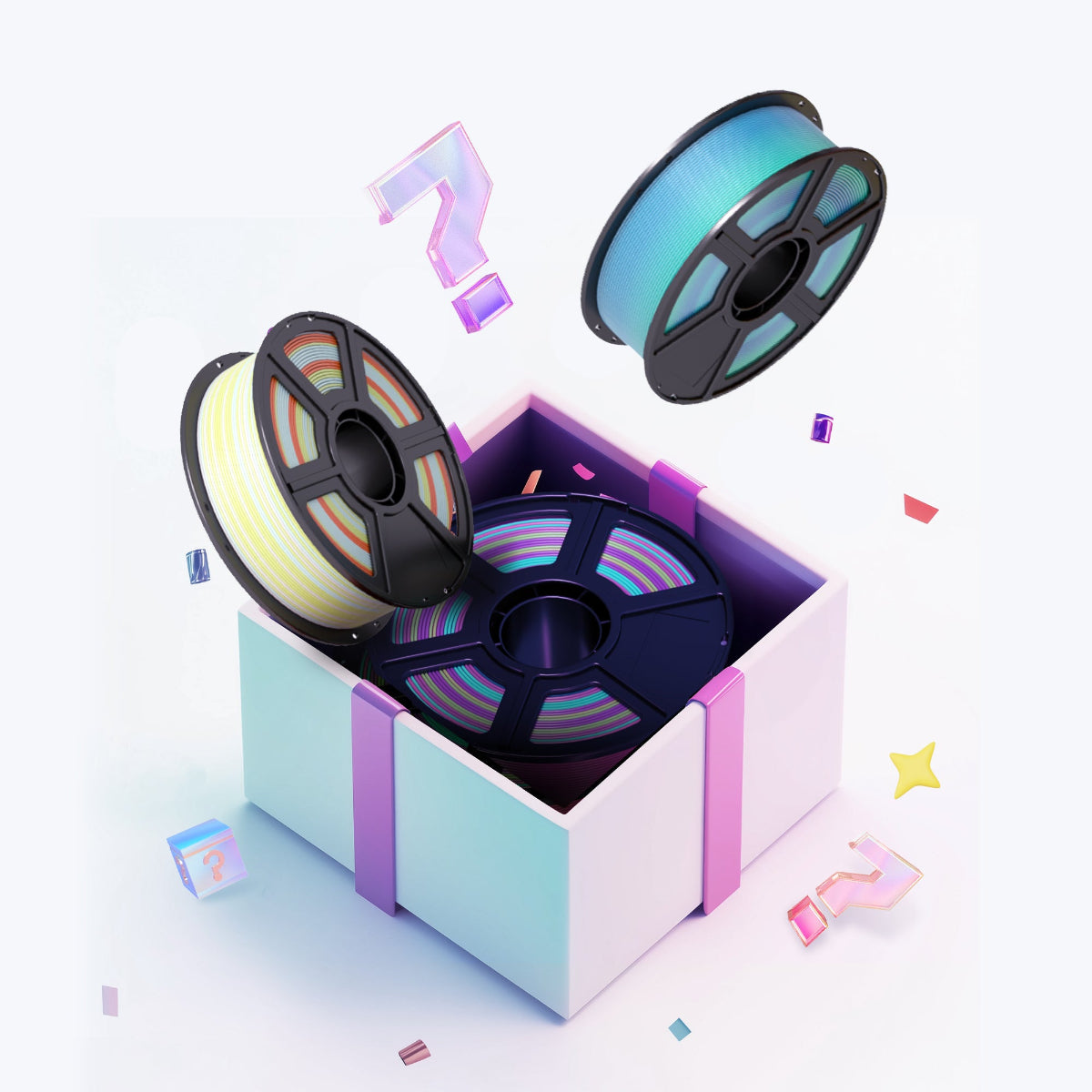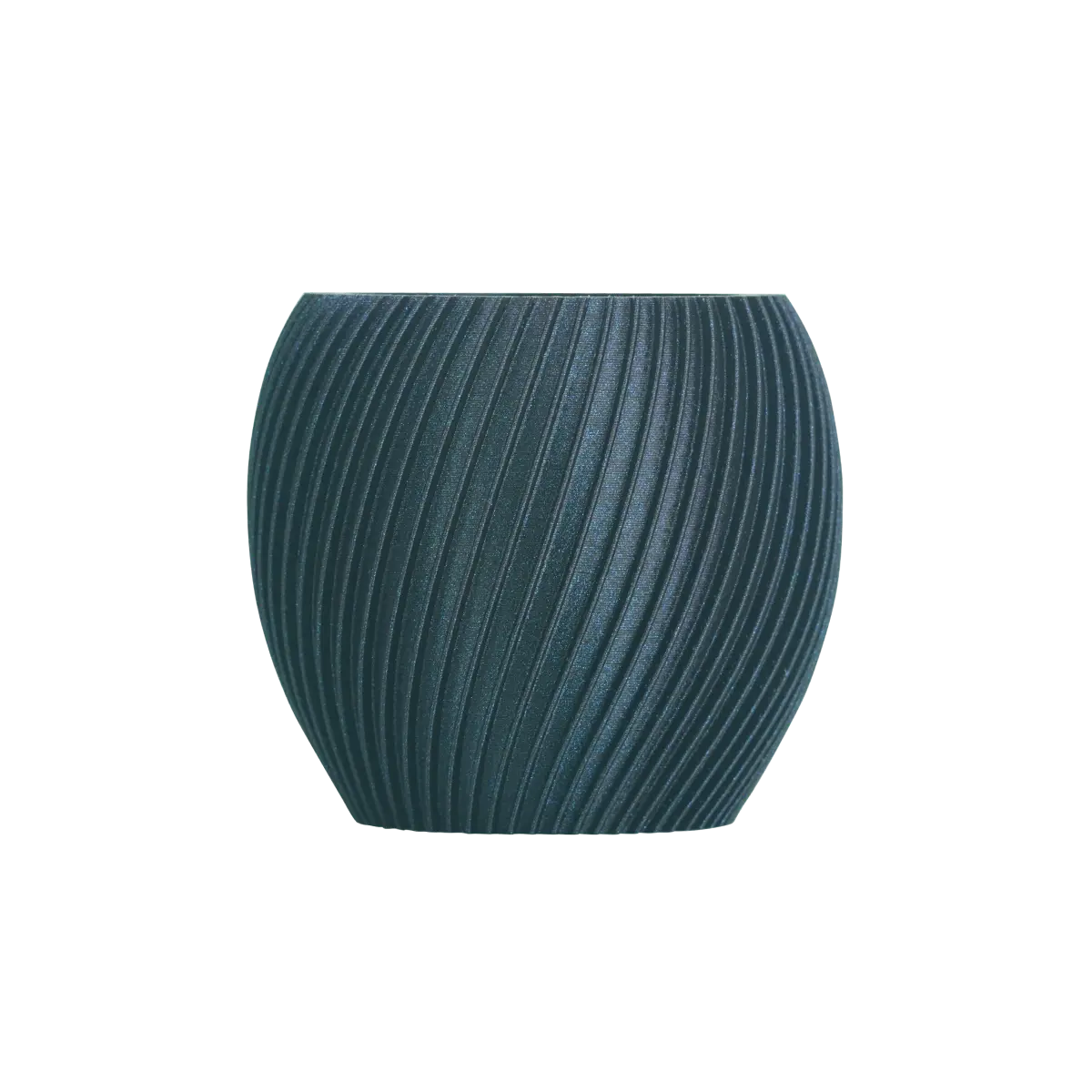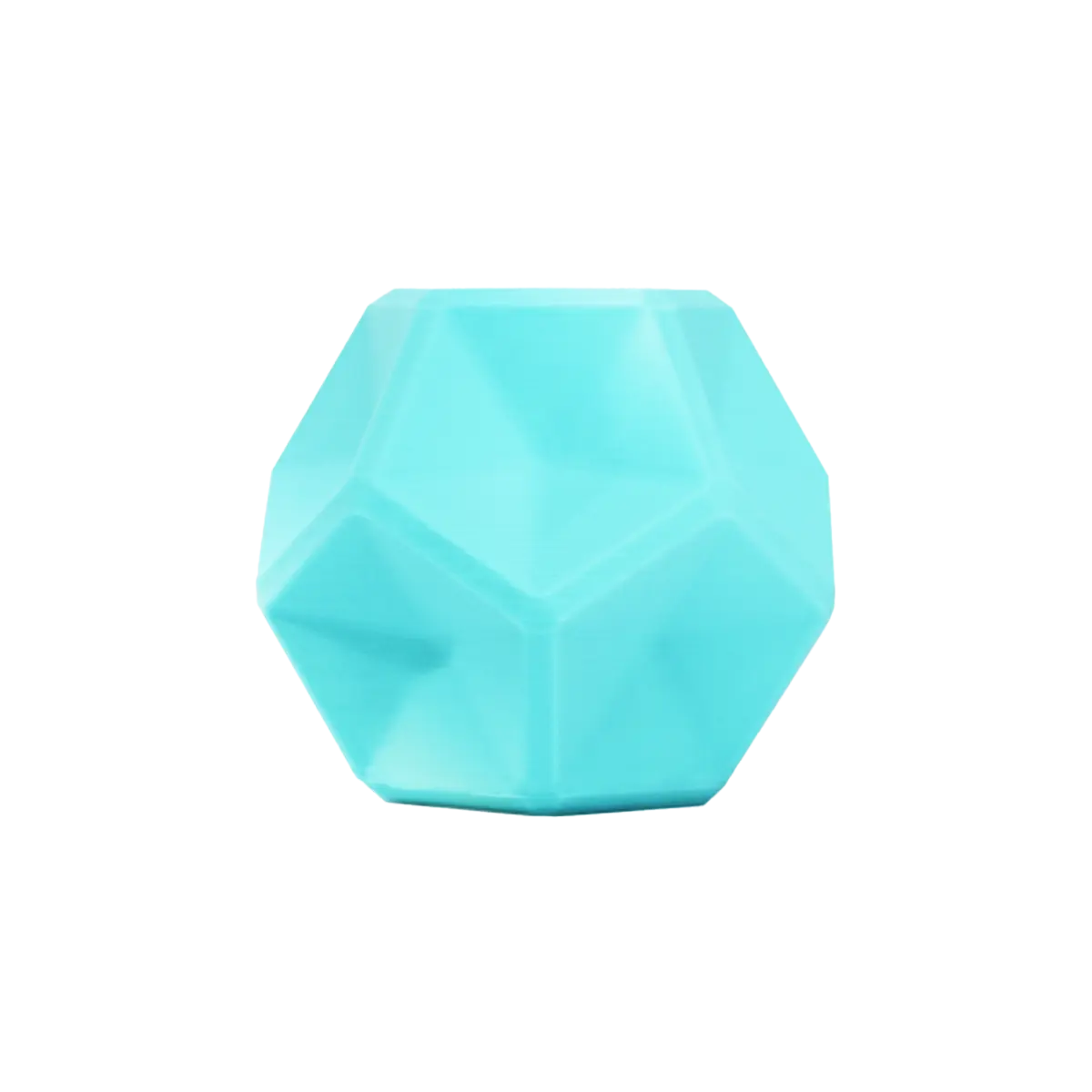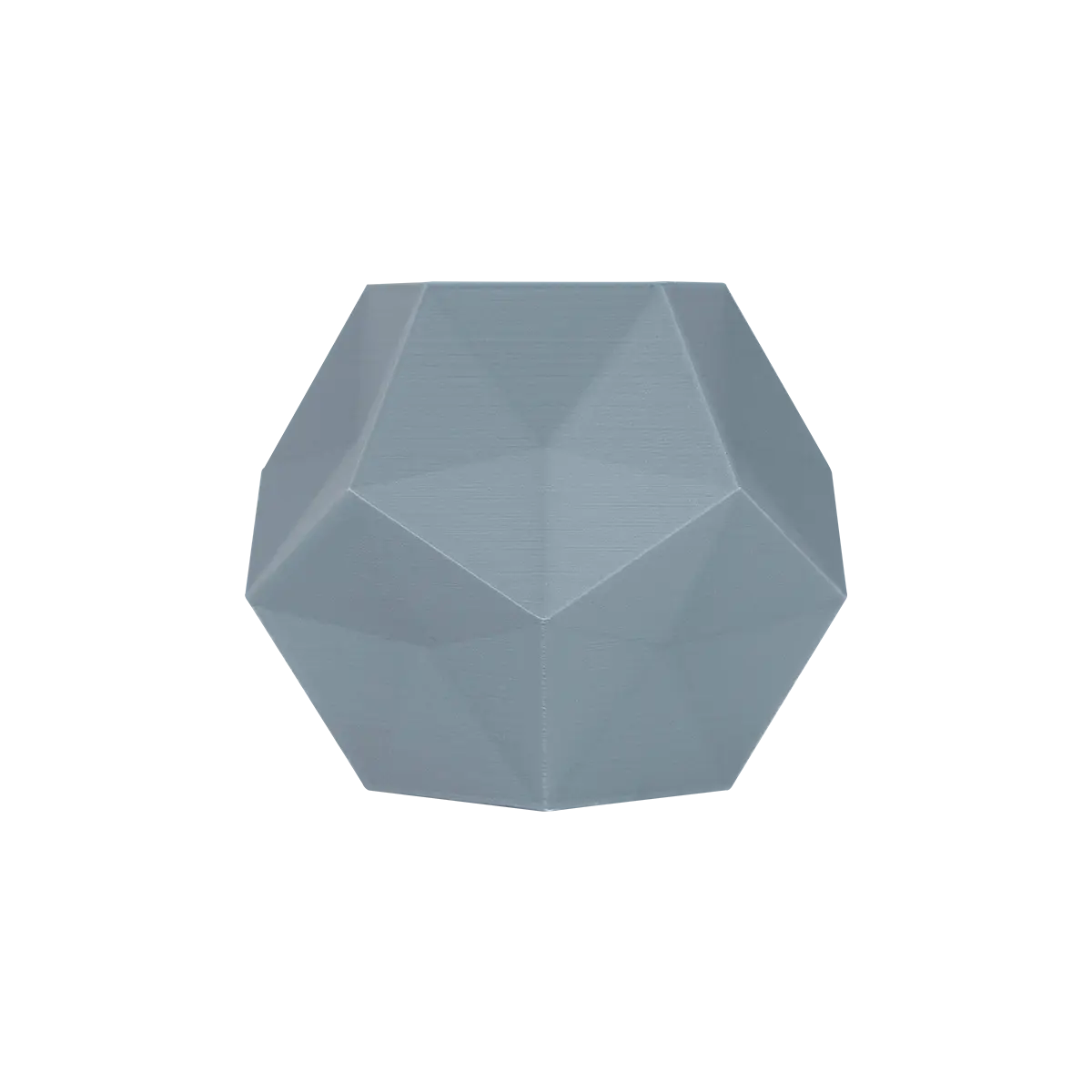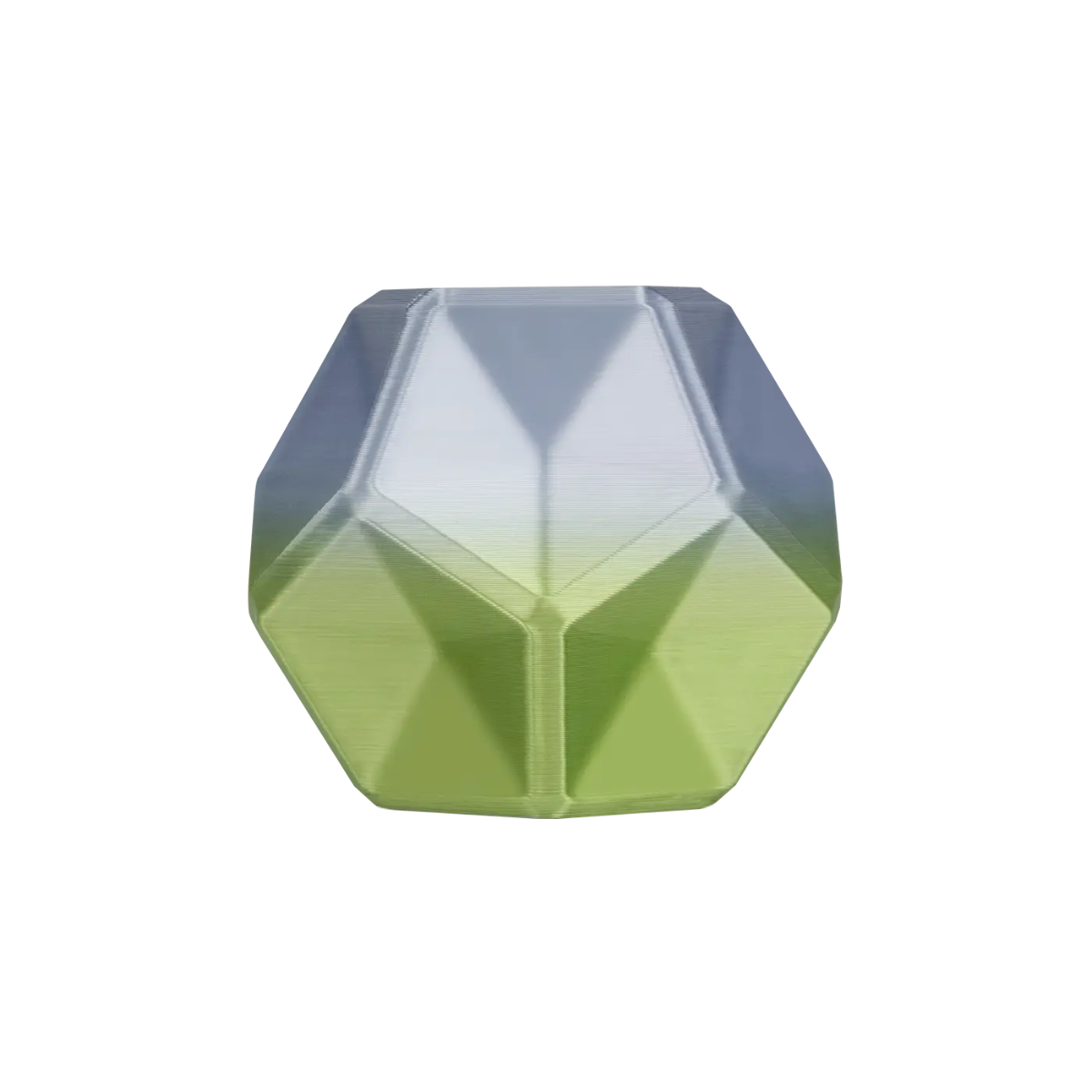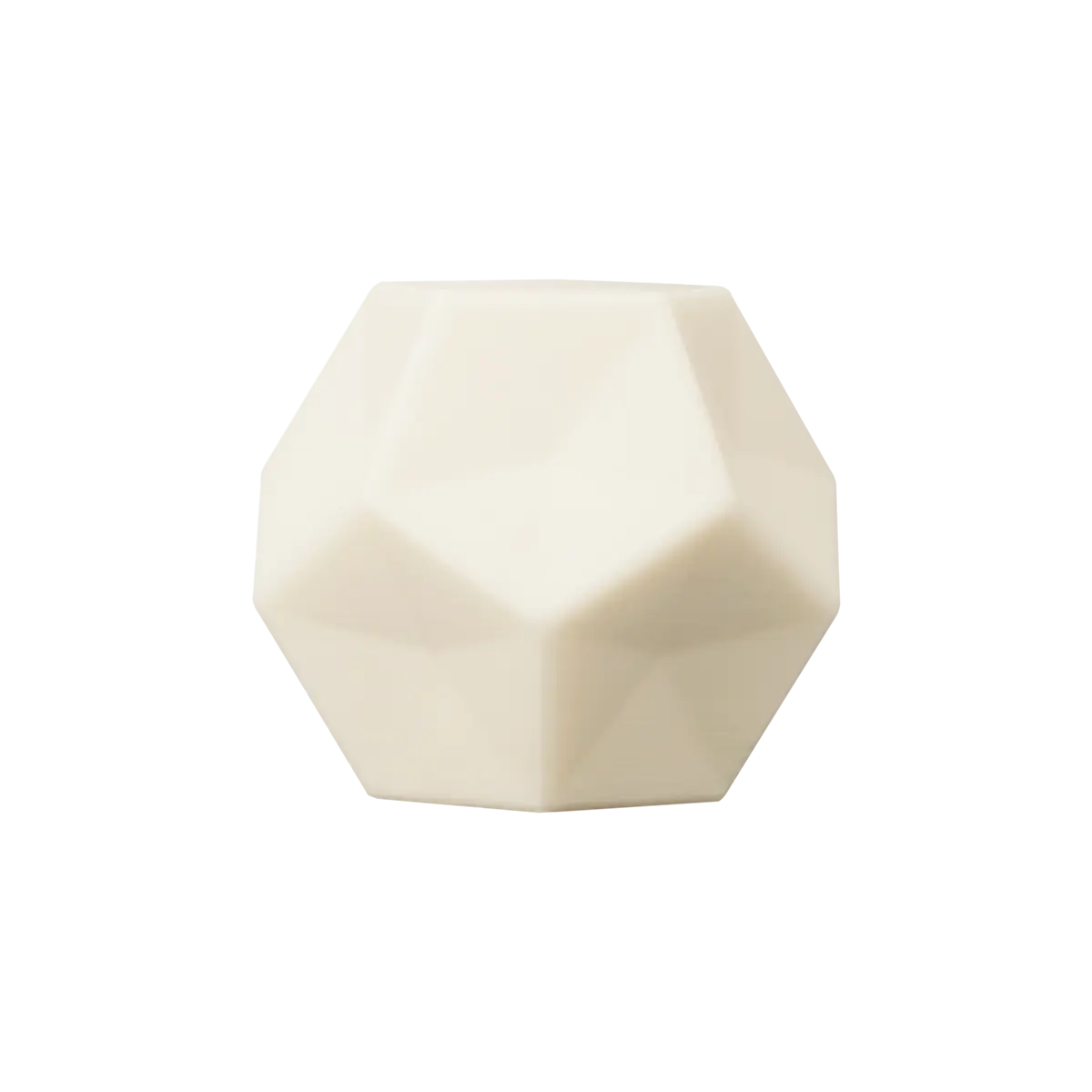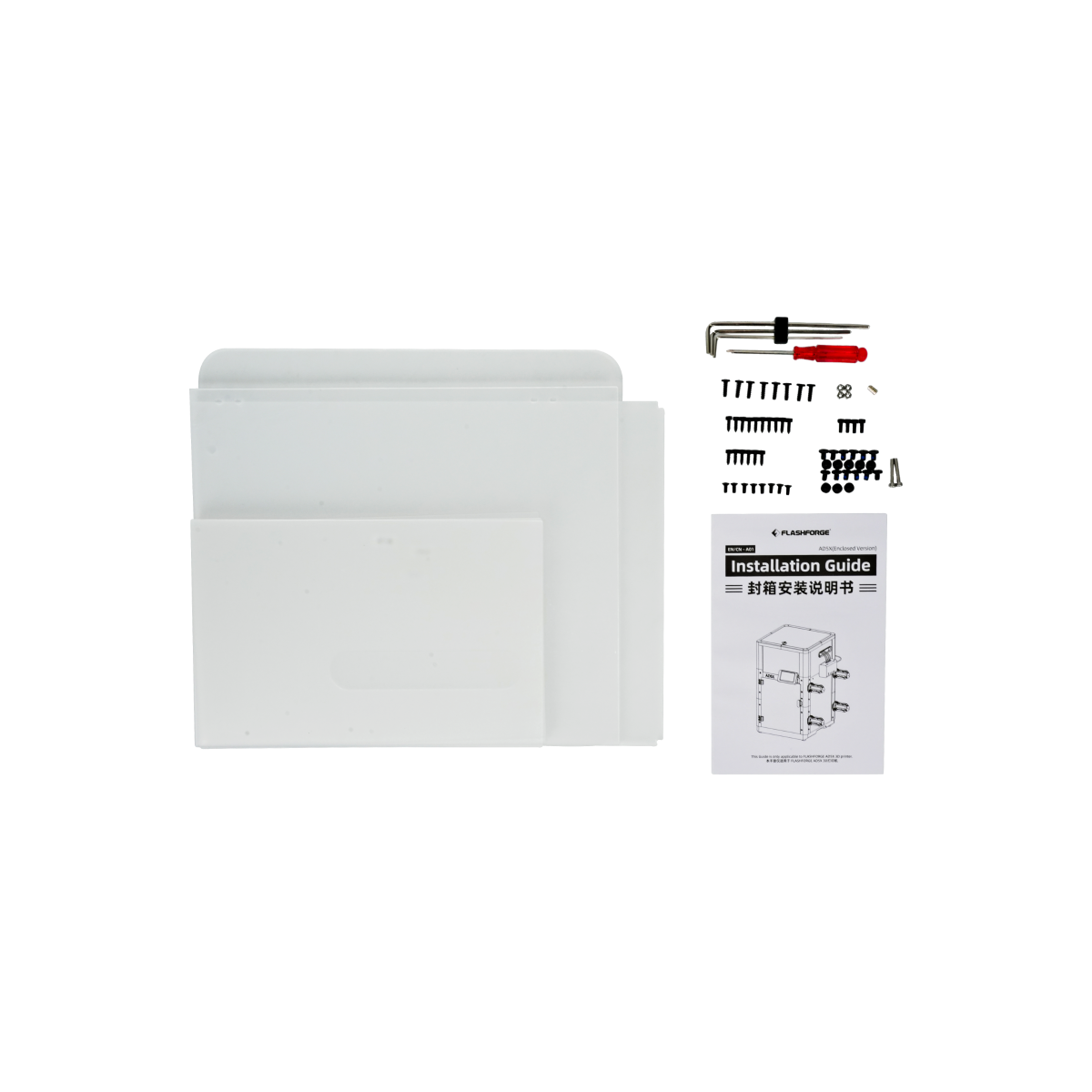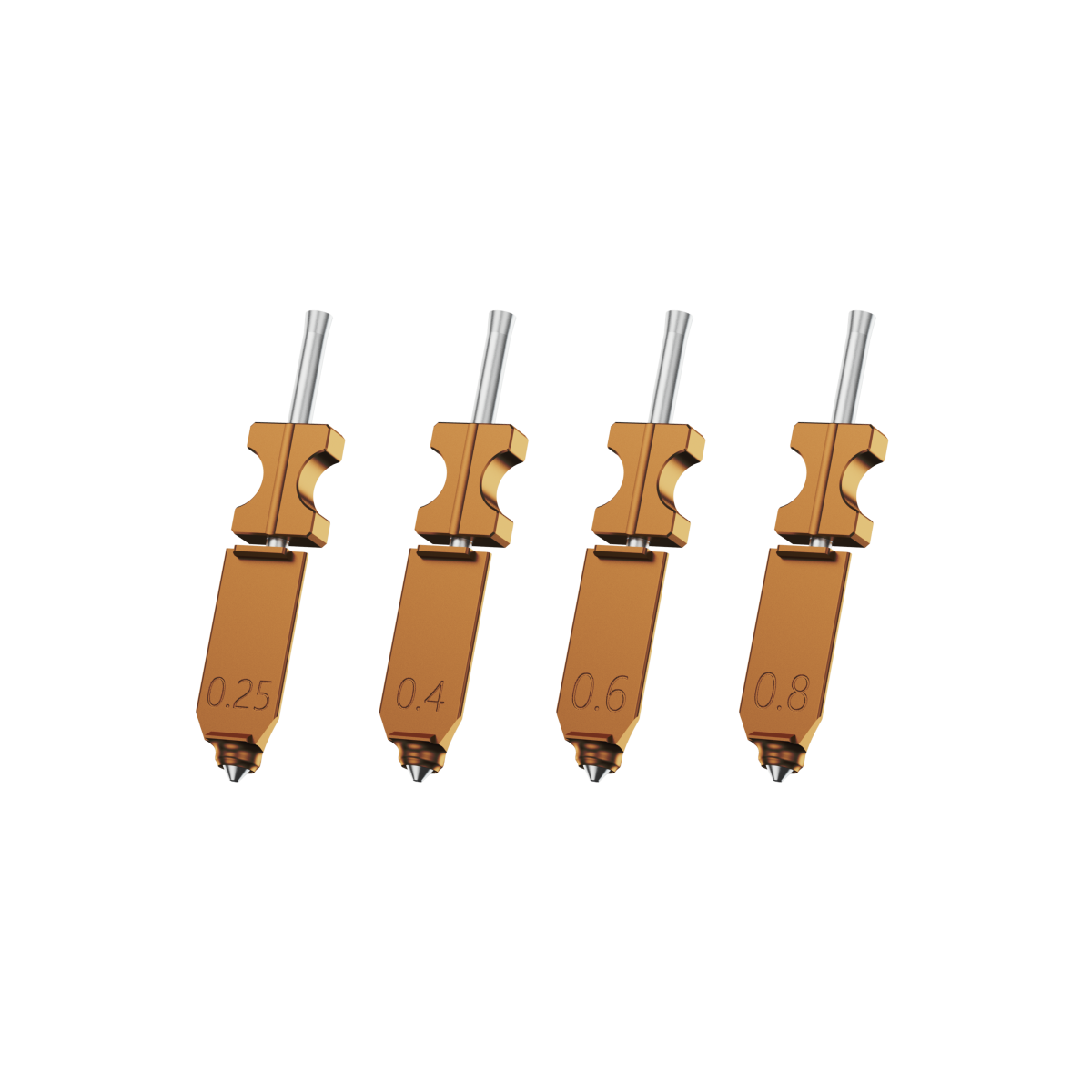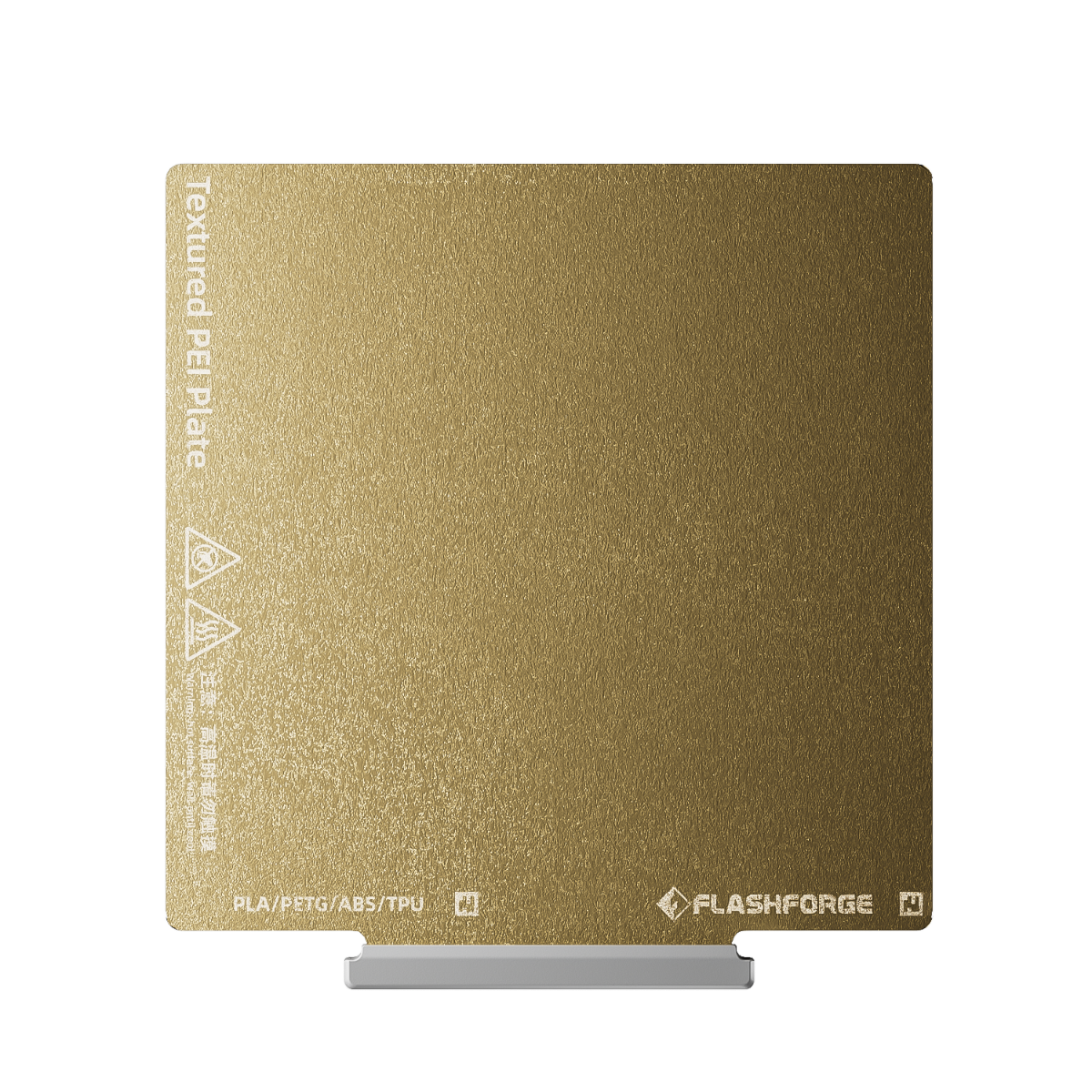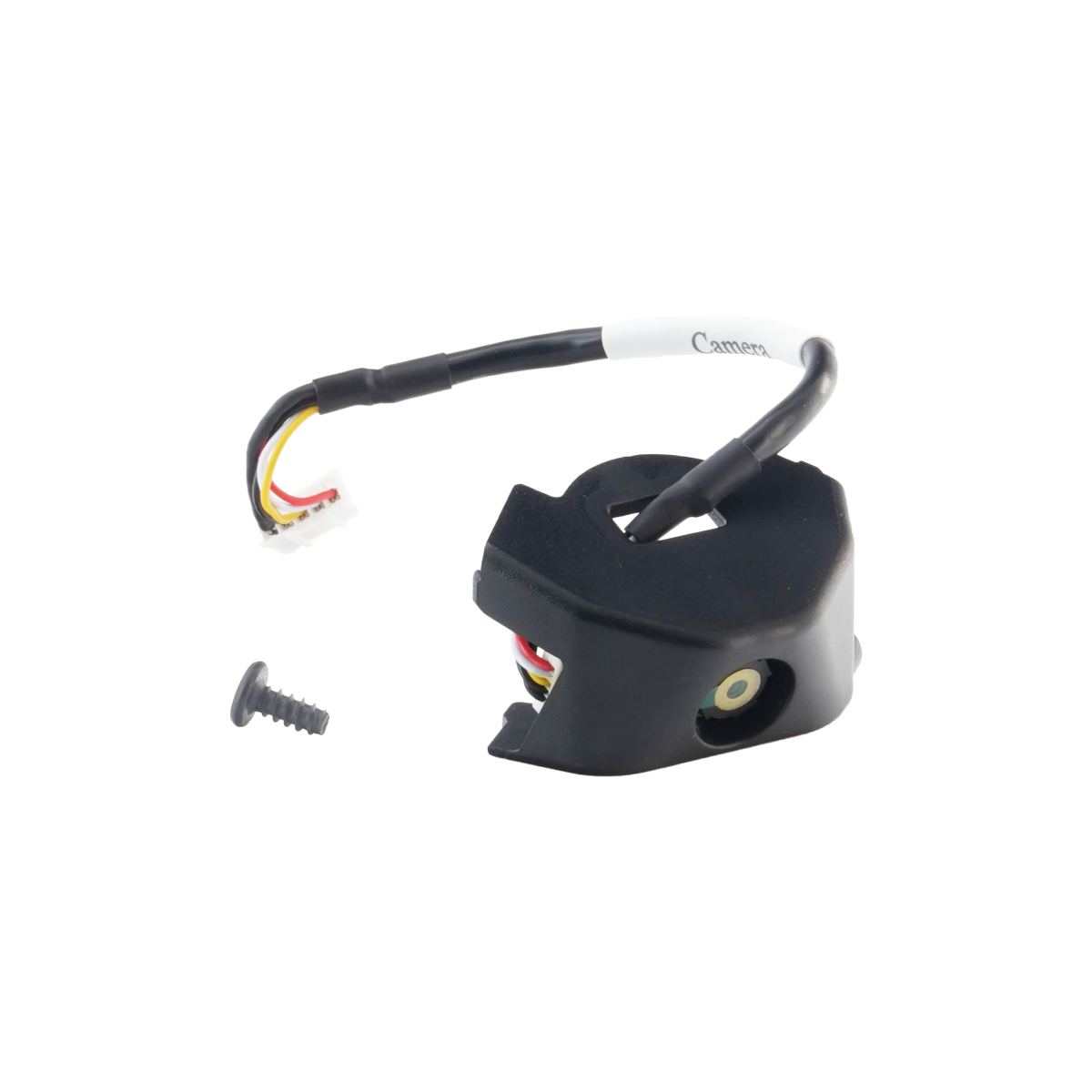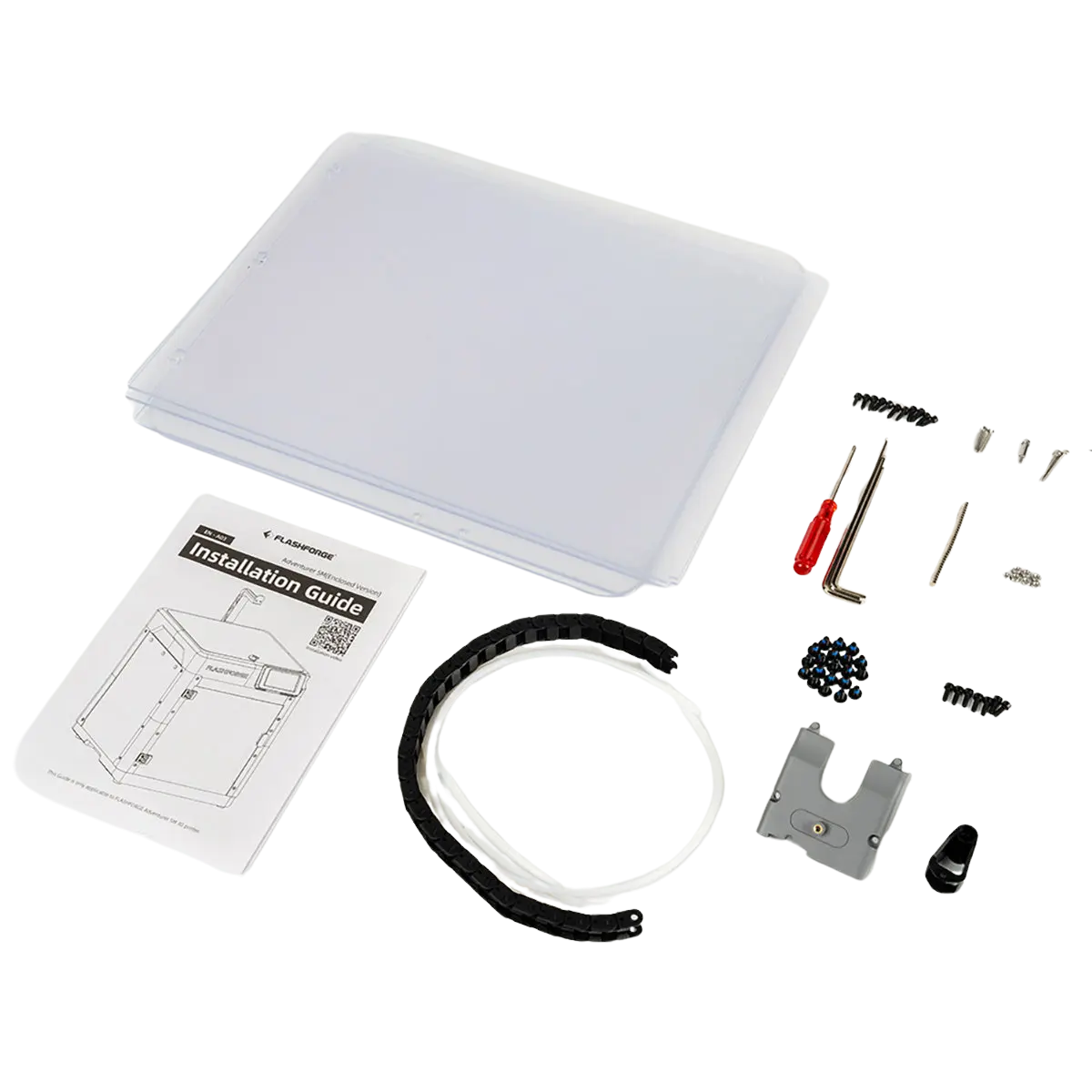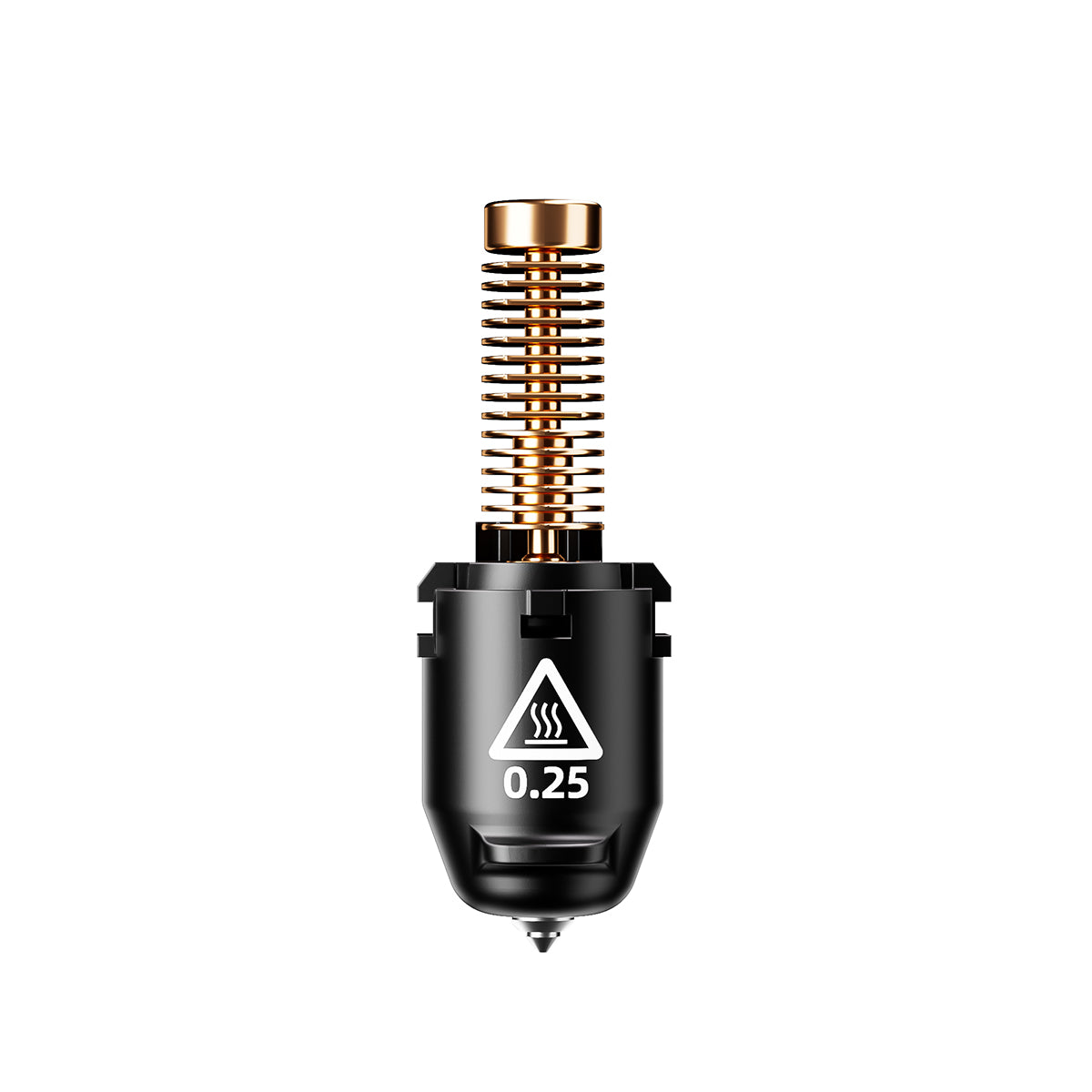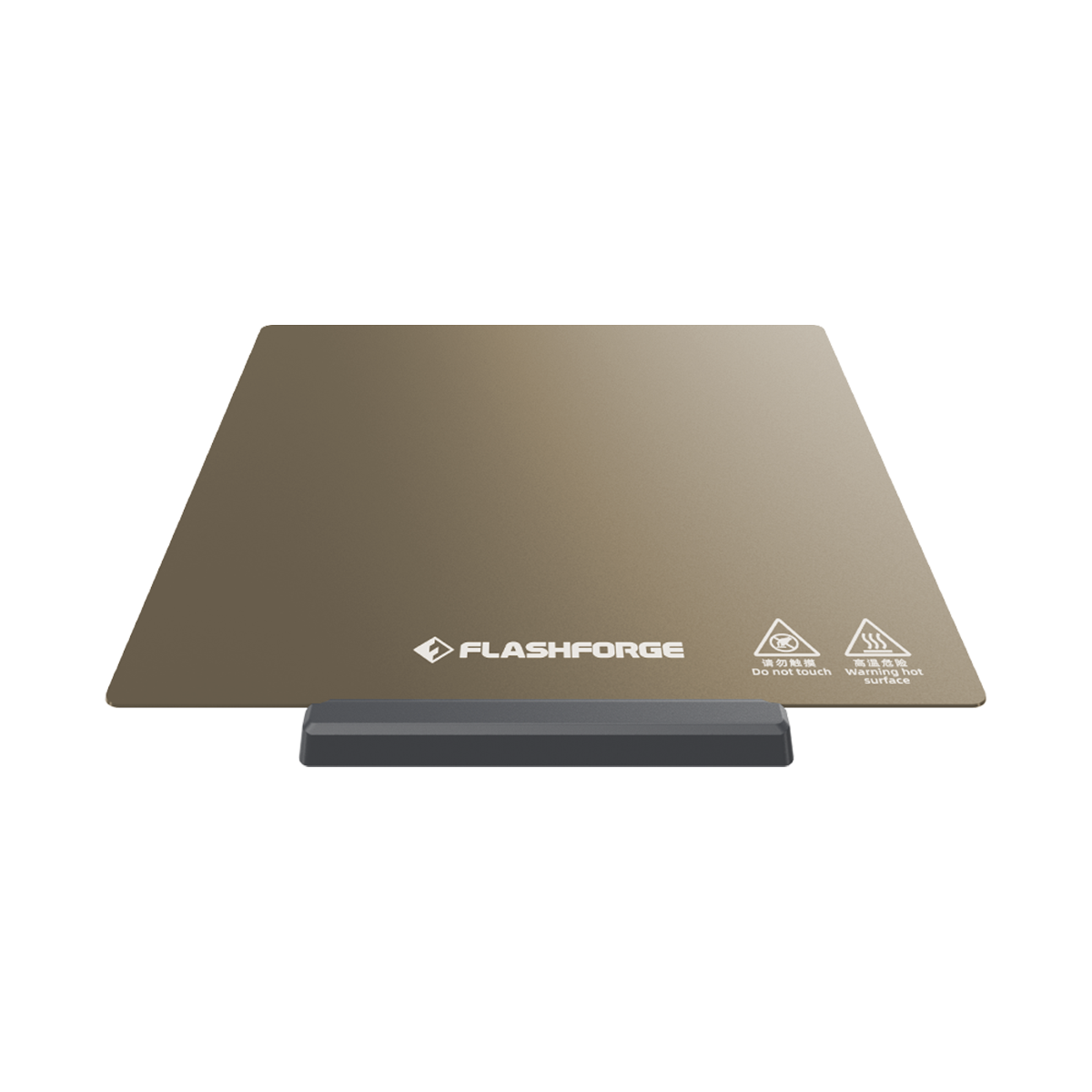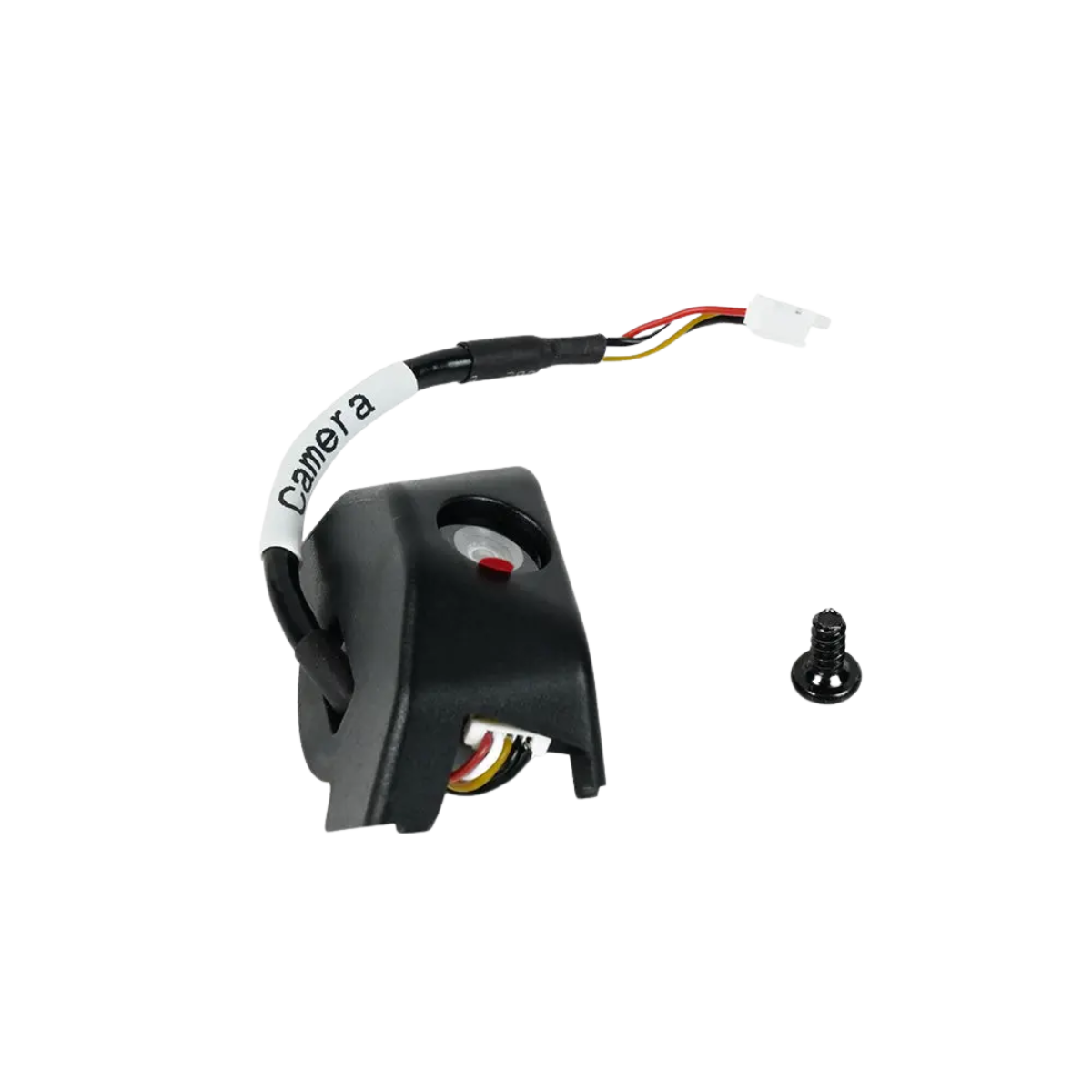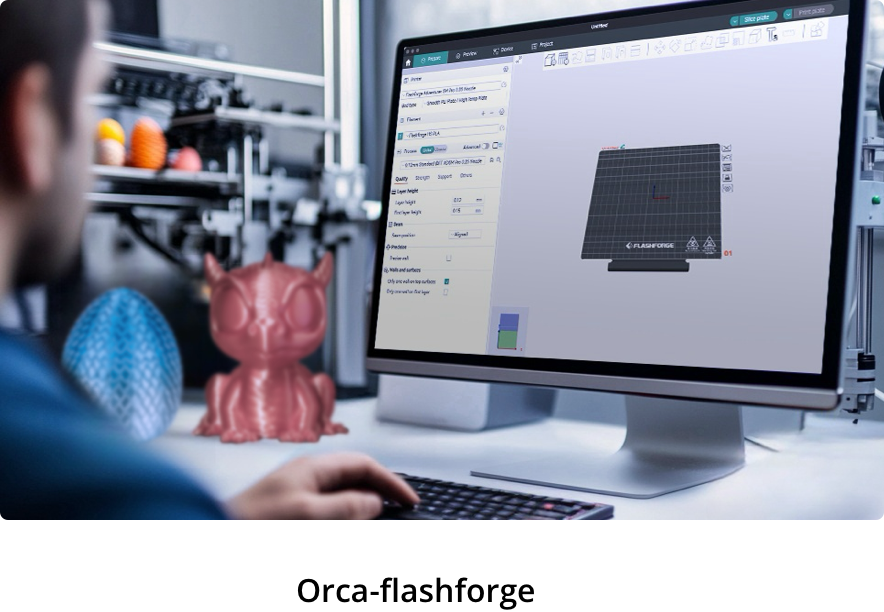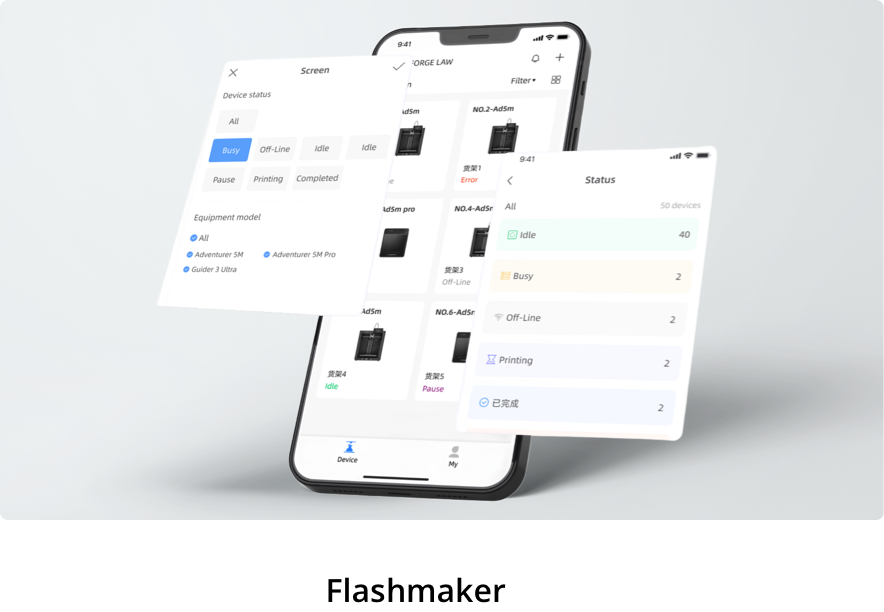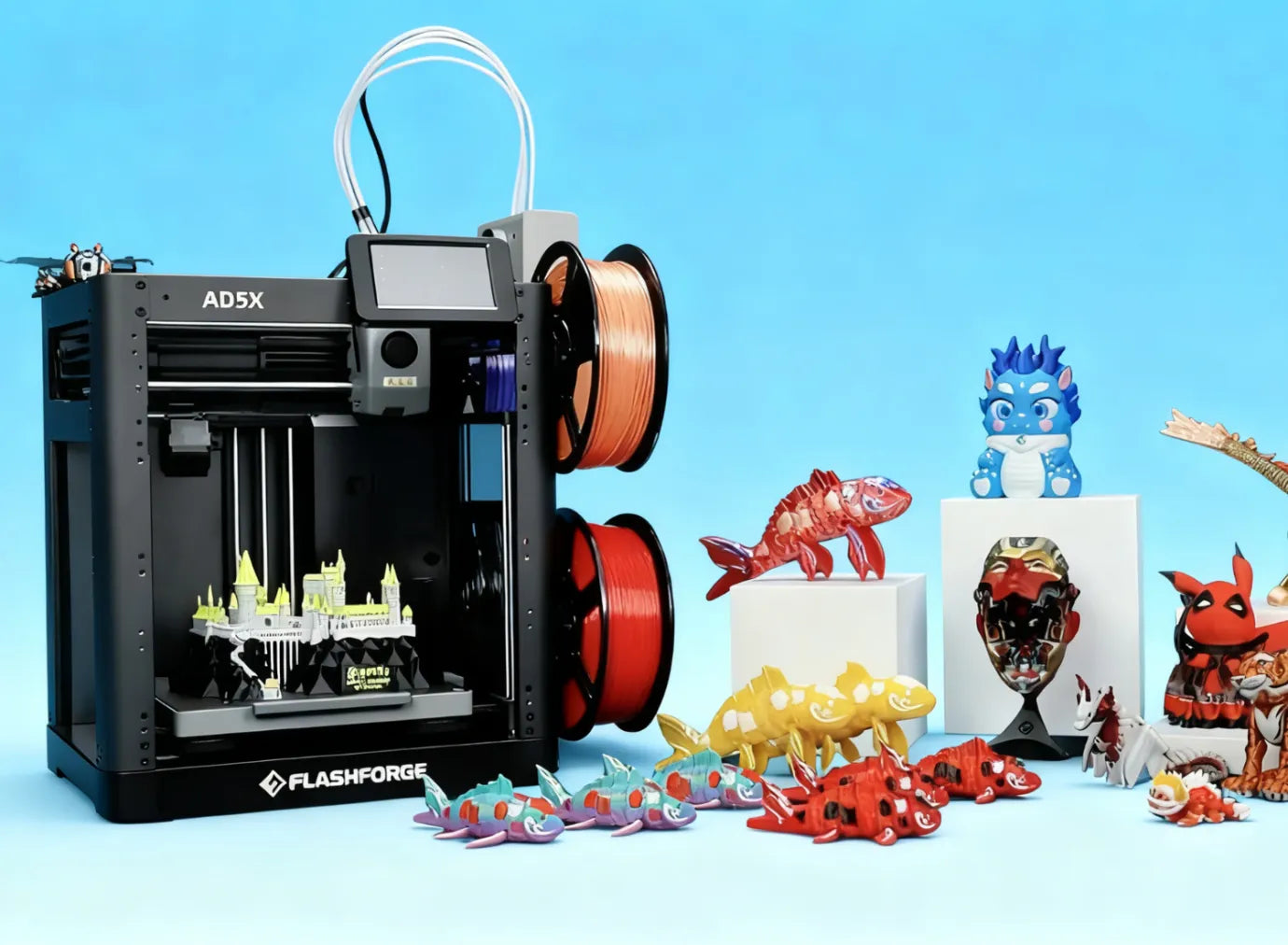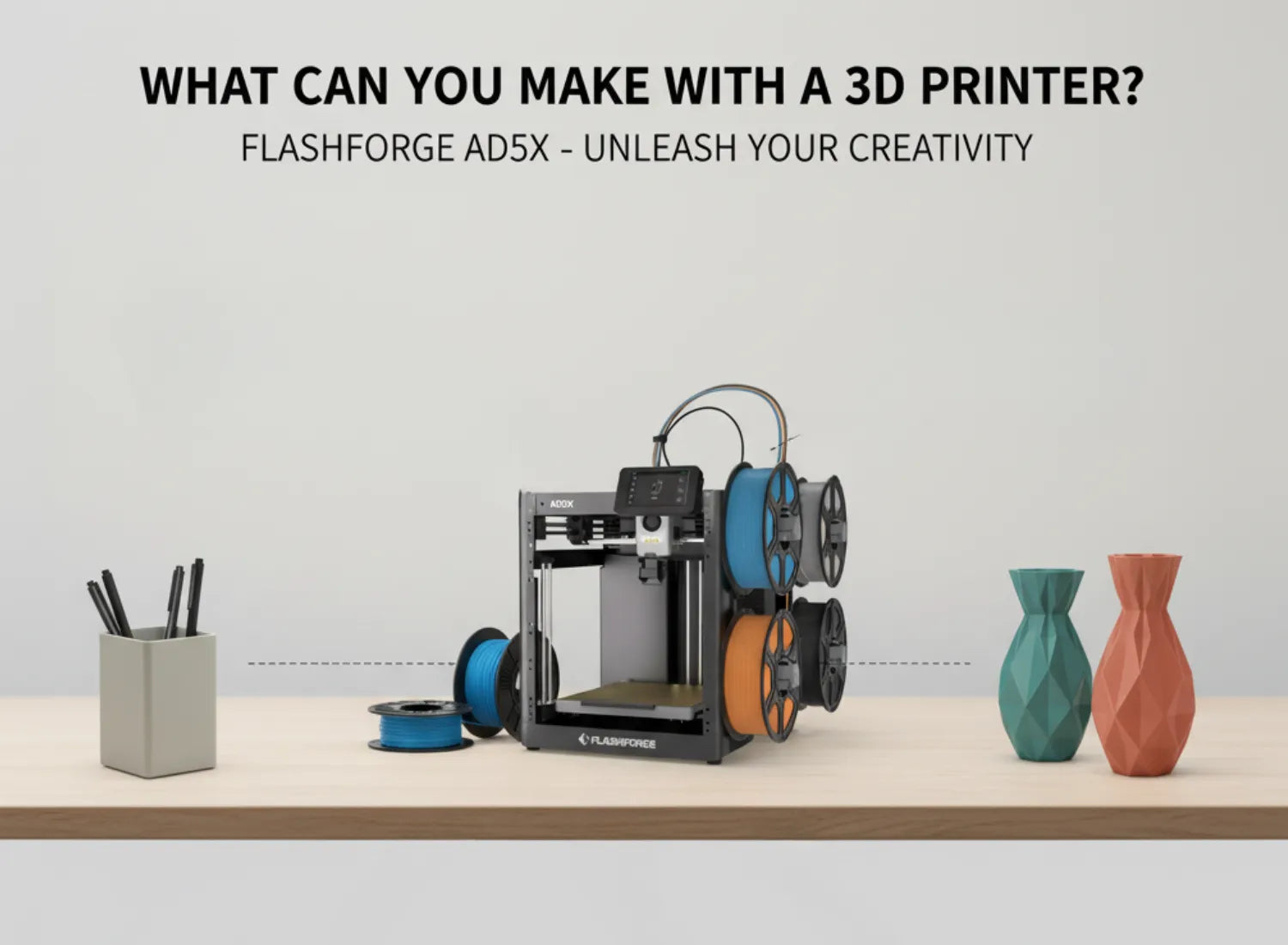The search for the best affordable 3D Printer 2025 is a matter of pricing and features that will make the process of printing enjoyable and reliable. This year, cost-effective options include auto-levelling, faster heat-up time, improved extrusion systems, and software support previously available more than before.
You need a printer to be a good classroom companion, you are a hobbyist trying out designs, you are a maker in multi-colour work, whatever you need will be found in a printer. This article will take you through the best affordable 3D printers, features, and help you in making the correct decision out of that, and that too, depending on the project that you want to take.
What to Expect from the Best Affordable 3D Printer Models
Budget no longer means basic. The models of the Best Affordable 3D Printer in 2025 have serious potential:
Auto bed levelling to save time and eliminate failed prints.
Sturdier build frames, such as CoreXY frames, are designed to be stable at high speeds.
Fast-change nozzles and super-hot heads to print a wider range of materials.
Compensation and recovery features enhance print quality and reliability.
Slicers and applications are available to make remote management easy.
And these are no longer luxury extras, but must-haves in inexpensive printers nowadays.
Our Top Picks: The Best Affordable Flashforge FDM 3D Printers in 2025
With expectations set, let’s explore the best Flashforge models that will be dominating the low-end FDM segment in 2025.
Flashforge Adventurer 5M: The Best Overall Affordable 3D Printer
The
Flashforge Adventurer 5M is an exceptional model among the Best Affordable 3D Printer models of 2025. Automatic Datum Management (ADM) of the system takes care of the formation of perfect first layers through the continuous correction of warping and adhesion errors, leading to more reliable prints and a reduction in failed prints.
The printer also includes a quick-release nozzle to change filament easily and a direct-drive system up to 280 degrees Celsius (capable of supporting a large variety of filaments such as PLA and PETG). Vibration compensation improves the surface quality, and the AD5M is suitable for amateurs or hobbyists who would like to enjoy the benefit of high-quality output but do not have to spend a lot of money.
Flashforge Adventurer 5M Pro: The Affordable High-Speed Champion
Flashforge Adventurer 5M Pro has the best speed and performance at a low price, and this is the reason why it is one of the best choices in the list of the Best Affordable 3D printers in 2025. The speed is 600mm/s and the acceleration is 20000mm/s, which means that the projects will be ready sooner and the quality will not be compromised—all-metal frame.
The frame features a CoreXY machine with secure print holding, and the full-automatic bed levelling has simplified the setup and made it hassle-free. Other features, such as extruder vibration suppression, power-loss recovery, and a built-in camera for monitoring and recording time-lapse, make it a superior high-speed choice among makers who focus on efficiency and stable quality.
Flashforge AD5X: The Ultimate Value for Multi-Material Prints
The
Flashforge AD5X will appeal to creators requiring printing in multiple colours and materials, making it one of the Best Affordable 3D Printer options in 2025. It can print in four colours to produce detailed, rich models, and is easy to install, typically taking less than ten minutes to complete.
The AD5X is fast, with a maximum speed of 600mm/s, acceleration of 20,000mm/s, and guarantees rapid, accurate prints. Long prints are highly reliable, as automatic filament switching and a high resume success rate enable the long print to be completed. Its speed, ease, and versatility make it the perfect solution for both creative hobbyists and educators.
Flashforge Guider 3 Ultra: The Best Budget Workhorse for Large Prints
Flashforge Guider 3 Ultra is a powerful variant for makers who require a large and dependable 3D printer; this ensures it will be listed in the Best Affordable 3D Printer categories in 2025. Its large build volume of 330 x 330 x 600mm can be used to print large parts, prototypes, and functional parts.
The CoreXY frame is stable, and the two extruders make it easier to create more intricate models with soluble supports. The improvement of filaments was made possible by fully automatic bed levelling, vibration compensation, and a high-temperature nozzle with a heated bed support. The Guider 3 Ultra is an excellent investment for large and good prints, but it is a little more costly.
How to Choose the Best Affordable 3D Printer for You: Key Factors for 2026
The correct choice of printer is based on your objectives. Before purchasing, these are the things you should factor in:
Build Volume: How Big Do You Need to Print?
Small hobby builds may only require 220mm cubes, but larger ones require the full capacity of the Guider 3 Ultra.
Automatic Bed Levelling: A Non-Negotiable Feature
Forget manual adjustments. Auto-levelling is reliable and time-saving, which is critical for both beginner and long-term users.
Print Speed vs. Print Quality: Finding the Right Balance
Higher speed doesn’t always mean better quality. Find vibration compensation and CoreXY structures to maintain quality.
Direct Drive vs. Bowden Extruder: What’s the Difference?
Direct drive suits flexible filaments better, while Bowden systems help minimize weight in favour of increased velocity, but at the expense of lower flexibility.
Community and Support: An Often Overlooked Factor
Active communities, availability of spare parts, and reliable slicer software, such as
Orca-Flashforge, support the best machines.
Frequently Asked Questions (FAQ)
What is a realistic budget for a good, affordable 3D printer in 2025?
The average
cost of a 3D printer ranges between $ 300 and $3,000, based on the features and the size of the printer. The Adventurer series is an entry-level model that suits beginners. Meanwhile, the Guider 3 Ultra is a semi-professional model.
How much assembly is required for these budget printers?
Flashforge models are designed in a ready-to-use format with most parts assembled in advance. All you usually need to do is load filament, check the nozzle, and run an auto-level calibration.
What other costs are there besides the printer itself?
You must plan on filament spools, spares, nozzles, and bed surfaces. Some users may also need enclosures for high-temperature or specialty filaments.




